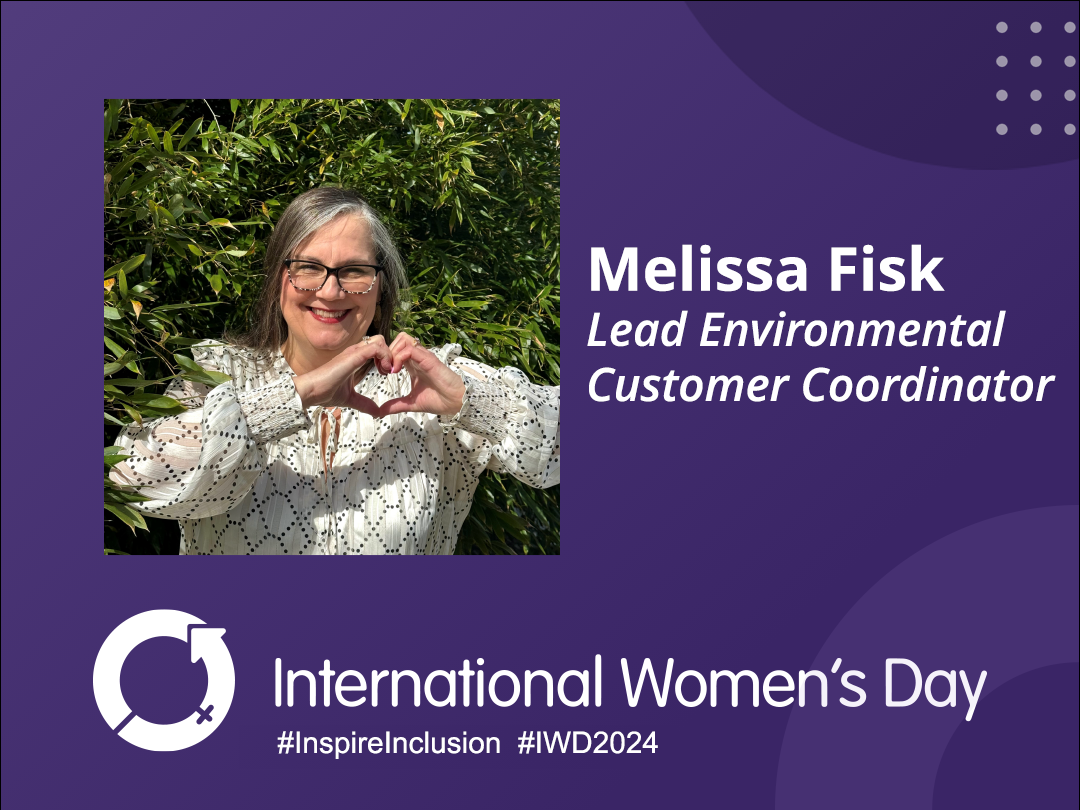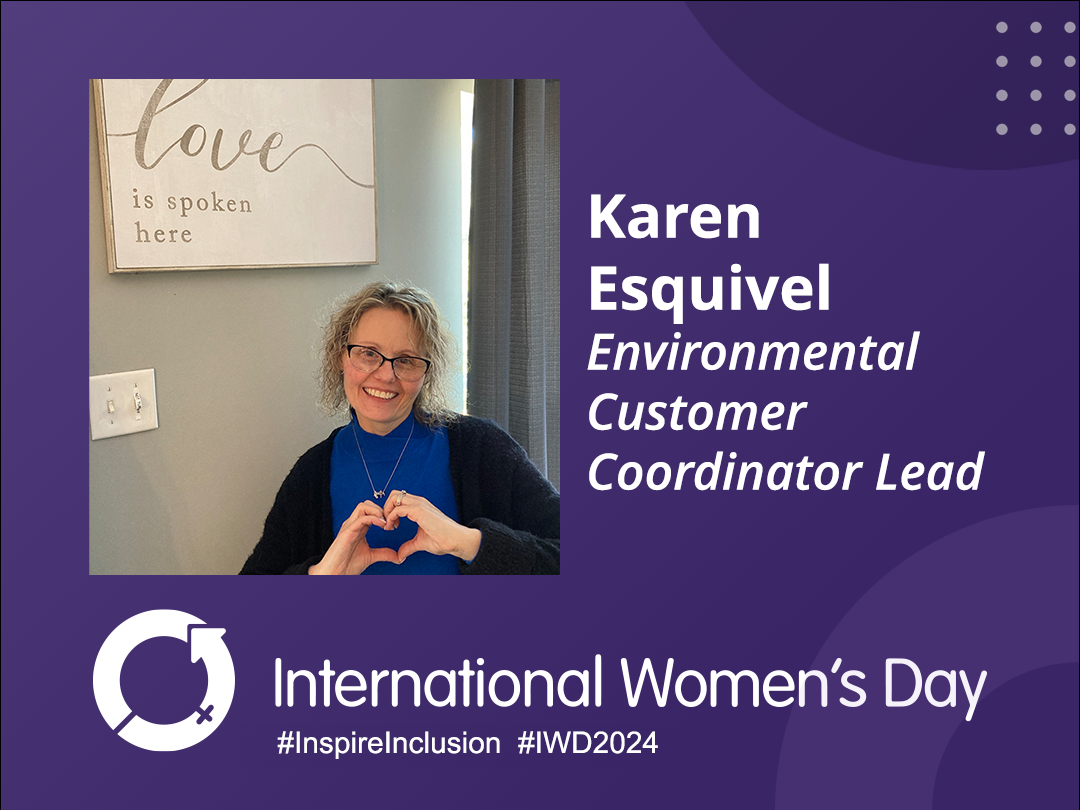In Tuesday’s post we mentioned that the labeling and marking rules can be different for containers in Satellite Accumulation Areas (SAAs). We will cover that (as well as some other specifics of SAAs) in today’s post. It’s important to cover the guidelines for SAAs prior to covering those for 90-days so generators can make sure they are managing their accumulation areas properly.
According to 262.34(c)(1), “a generator may accumulate as much as 55 gallons of hazardous waste or one quart of acutely hazardous waste listed in 261.33(e) in containers at or near any point of generation where wastes initially accumulate, which is under the control of the operator of the process generating the waste, without a permit or interim status and without complying with paragraph (a) of this section provided he:
- Complies with 265.171, 265.172, and 265.173(a) of this chapter; and
- Marks his containers either with the words “Hazardous Waste” or with other words that identify the contents of the containers.”
So in laymen’s terms, an SAA can be utilized to store up to 55 gallons of hazardous waste (or up to 1 quart of acutely hazardous waste) for an unlimited time and with only some of the requirements needed for 90-day areas. In order to store waste in an SAA the EPA requires that you:
- Keep your containers in good condition,
- Ensure that the waste being stored is compatible with the container type,
- Keep containers closed unless you are adding or removing waste,
- Make sure you handle containers in such a way that you are preventing leaks or spills, and
- Mark containers with the words “Hazardous Waste,” or other identification of contents.
The less stringent and numerous regulations for SAAs attract a lot of generators which can cause problems. Most often, these problems arise from generators storing in waste they have designated as an SAA but which is not actually applicable to that designation. For an accumulation area to be an SAA very specific requirements must be met. Firstly, only waste which is generated at the SAA can be stored there. An SAA cannot be used as “temporary staging areas for wastes collected from other areas.” Secondly, an SAA must be located at or near the point of generation. So if waste is generated in a lab the containers should also be located in the lab.
If a generator accumulates more than the limit of 55 gallons of hazardous waste (or 1 quart of acute hazardous waste) at an SAA the EPA requires that they:
- “Mark the container holding the excess accumulation of hazardous waste with the date the excess amount began accumulating,” and,
- “Move the container holding the excess accumulation to a container storage area within 3 days.”
And remember, if a generator incorrectly manages a 90-day storage area as an SAA they will be in violation of EPA regulations. For more information about managing waste in 90-day areas keep reading our blog!
Quoted and cited information for this blog post (unless otherwise noted) was gathered from the EPA Handbook for Hazardous Waste Containers. As always, this blog post is not intended to be comprehensive and it is always best to check with the EPA and local government for full, up-to-date, rules and regulations.
More News From Heritage
-
3/12/24
Equal Pay Day – Spotlighting Our Female Drivers
-
3/8/24
International Women’s Week Spotlight – Shannon Dippel
For International Women's Week, we're spotlighting some of the incredible women in the Heritage family. Our final spotlight is Shannon Dippel.
-
3/8/24
International Women’s Week Spotlight – Susan Adams
For International Women's Week, we're spotlighting some of the incredible women in the Heritage family. Our sixth spotlight is Susan Adams.
-
3/7/24
International Women’s Week Spotlight – Lea Wilson
For International Women's Week, we're spotlighting some of the incredible women in the Heritage family. Our fifth spotlight is Lea Wilson
-
3/7/24
International Women’s Week Spotlight – Melissa Fisk
For International Women's Week, we're spotlighting some of the incredible women in the Heritage family. Our fourth spotlight is Melissa Fisk.
-
3/6/24
International Women’s Week Spotlight – Taylor Harvey
For International Women's Week, we're spotlighting some of the incredible women in the Heritage family. Our third spotlight is Taylor Harvey
-
3/5/24
International Women’s Week Spotlight – Karen Esquivel
For International Women's Week, we're spotlighting some of the incredible women in the Heritage family. Our second spotlight is Karen Esquivel.
-
3/5/24
Heritage Environmental Services Announces HP Nanda as CEO; CEO Jeff Laborsky Transitions to Board of Directors
Heritage Environmental Services (“HES”) announced today that HP Nanda will join the organization as CEO.








